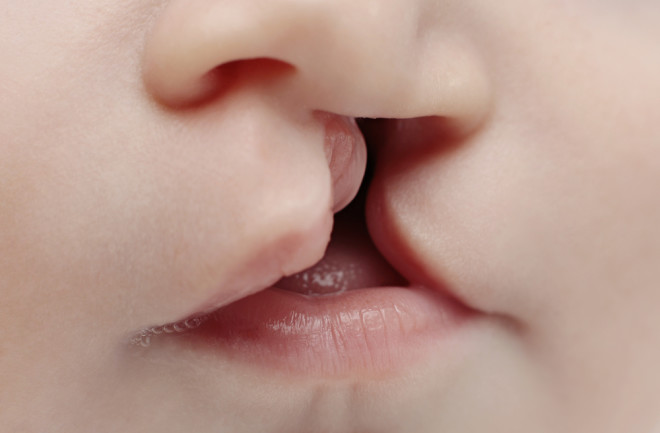When I was born, two tiny gaps (no more than a few millimeters across) split apart my upper lip and the roof of my mouth. My parents had known about this craniofacial anomaly — immediately apparent to anyone who saw me — at least several weeks before my birth thanks to a routine ultrasound. Over the course of the next few decades, I would undergo countless surgeries, from complicated orthodontic procedures to (literally) jaw-breaking bone grafts.
My experience is hardly unique. One in 700 babies are born with either (or both) a cleft lip and cleft palate, which occurs when the lip or mouth doesn’t properly fuse during early pregnancy. “Cleft lip and palate is one of the most common congenital birth defects,” says Janice Lee, clinical director for the National Institute of Dental and Craniofacial Research. “It’s a separation in the lip and nose, and in the palate. […] And there’s a gap between the mouth and the nose.”

